Garlic Chives Herb Seeds
Garlic Chives Herb Seeds (Allium tuberosum), also known as Chinese chives or Oriental garlic, are a versatile herb with a mild garlic flavor and flat, grass-like leaves. Unlike regular chives, which have a mild onion flavor, garlic chives bring a subtle garlicky taste to dishes. They are commonly used in Asian cuisine, especially in stir-fries, dumplings, and soups. Here’s a detailed guide on Garlic Chives Herb Seeds:
1. Germination and Planting of Garlic Chives Herb Seeds
- Soil: Garlic chives prefer well-draining, fertile soil with a pH of 6.0–7.0. Amending the soil with organic compost can help improve fertility and moisture retention.
- Sowing: Start garlic chives from seed indoors 6–8 weeks before the last frost, or sow seeds directly into the garden once the danger of frost has passed. The seeds can take longer to germinate compared to regular chives.
- Planting Depth: Sow the seeds about 1/4 inch (6 mm) deep and cover lightly with soil. Keep the soil consistently moist during the germination period.
- Sunlight: Garlic chives prefer full sun but can tolerate partial shade, especially in warmer climates.
- Spacing: After seedlings are established, thin them or transplant them to about 6–8 inches apart. Garlic chives grow in clumps and will spread over time, so provide adequate space for growth.
2. Growth and Care of Garlic Chives Herb Seeds
- Watering: Garlic chives like consistently moist soil, so regular watering is essential, especially during dry periods. However, avoid waterlogging the soil.
- Fertilization: Although garlic chives are not heavy feeders, they will benefit from occasional feeding with a balanced organic fertilizer or the application of compost throughout the growing season.
- Mulching: Apply mulch around the base of the plants to help conserve moisture and suppress weeds. Mulching can also help protect the plants during colder months if grown in cooler climates.
- Cold Tolerance: Garlic chives are more cold-tolerant than regular chives and can survive in USDA hardiness zones 3–9.
3. Culinary Uses of Garlic Chives Herb Seeds
- Flavor Profile: Garlic chives have a mild garlic flavor with hints of onion, making them a versatile herb for both raw and cooked dishes.
- Uses: They are commonly used in:
- Stir-Fries: Garlic chives are frequently added to stir-fries, either as a vegetable or herb, giving a gentle garlic flavor without overpowering the dish.
- Dumplings: Chopped garlic chives are a classic ingredient in Asian dumpling fillings.
- Soups and Broths: Garlic chives are often used as a garnish for soups or incorporated into broths for added flavor.
- Herb Butters and Pestos: They can be blended into herb butters or made into a garlic-chive pesto.
- Salads and Garnishes: Use fresh garlic chives in salads or sprinkle them over cooked dishes like eggs, noodles, or roasted vegetables.
- The flowers are edible too and make a beautiful garnish with a milder garlic flavor than the leaves.
4. Nutritional Benefits of Garlic Chives Herb Seeds
- Rich in Vitamins: Garlic chives are high in vitamins A and C, which contribute to immune support, eye health, and overall well-being.
- Minerals: They are also a good source of calcium, iron, and folic acid, which can support bone health and red blood cell production.
- Low in Calories: Like regular chives, garlic chives are low in calories, making them a healthy addition to a wide variety of dishes.
5. Medicinal Uses of Garlic Chives Herb Seeds
- Digestive Aid: Garlic chives have been traditionally used to support digestive health, as they can stimulate appetite and improve digestion.
- Heart Health: The herb contains compounds that may help regulate blood pressure and support cardiovascular health.
- Antimicrobial Properties: Like other members of the allium family, garlic chives contain compounds with mild antimicrobial properties that can help the body fight off infections.
6. Harvesting Garlic Chives Herb Seeds
- When to Harvest: You can begin harvesting garlic chives when the plants reach about 6 inches tall. They can be harvested continually throughout the growing season.
- How to Harvest: Snip the leaves close to the ground, leaving about 1–2 inches so the plant can continue to grow. Regular harvesting encourages new growth.
- Harvesting Flowers: The white flowers that bloom in late summer are edible and can also be harvested. They have a milder garlic flavor and can be used in salads or as garnishes.
- Preservation: Garlic chives can be dried or frozen. For freezing, chop the leaves and store them in airtight containers or ice cube trays with a little water or oil.

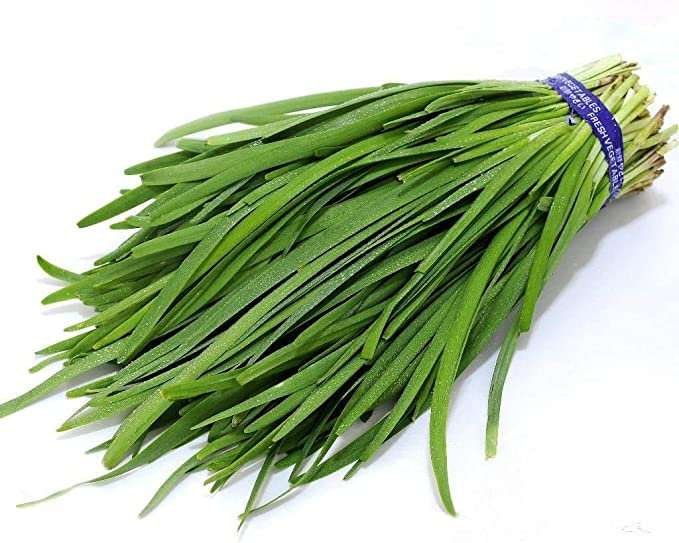
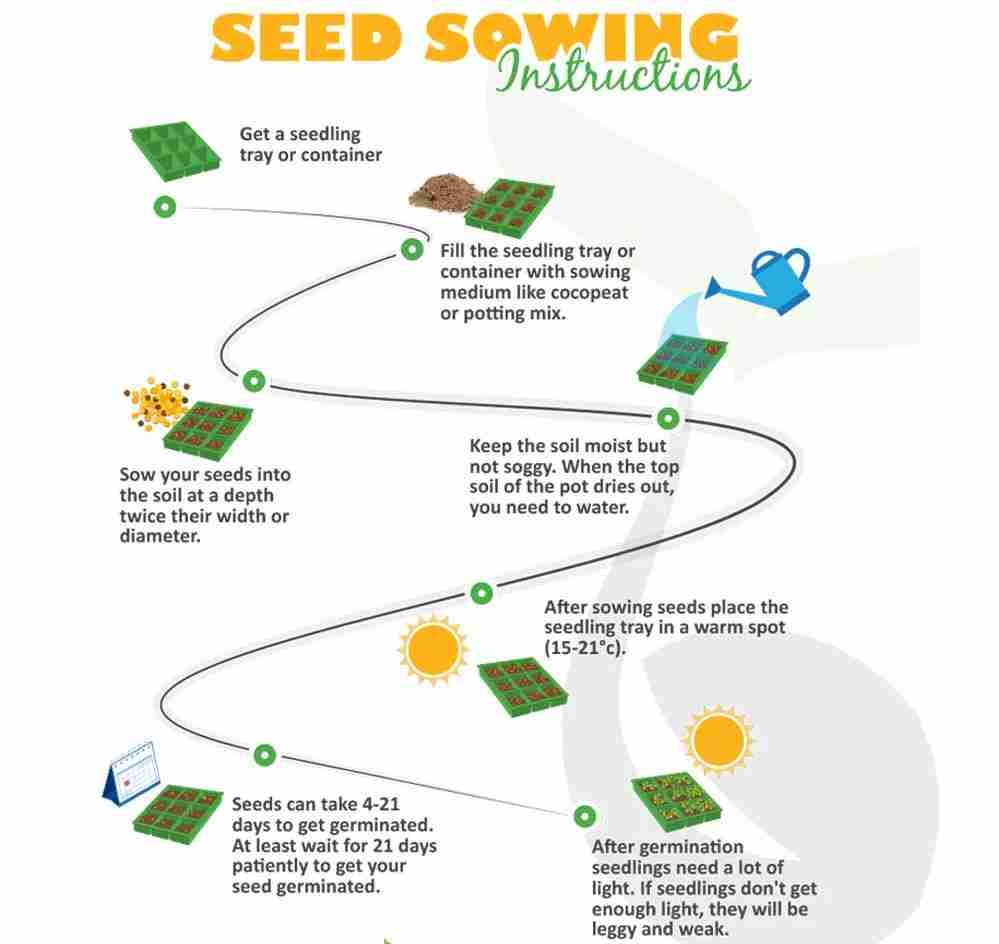
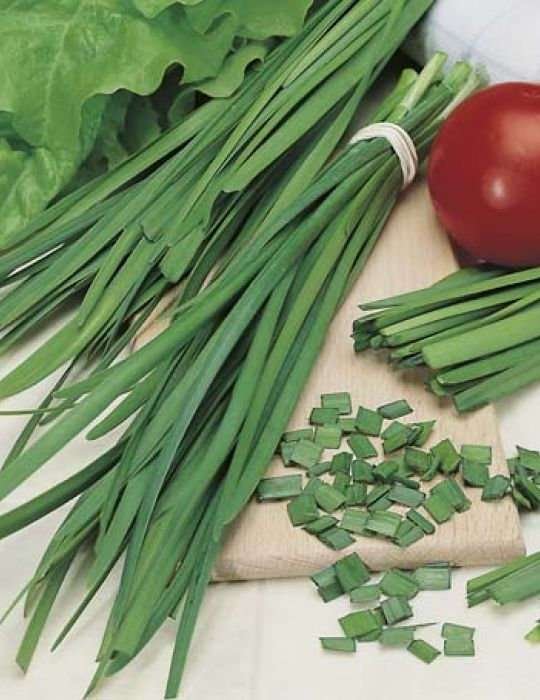
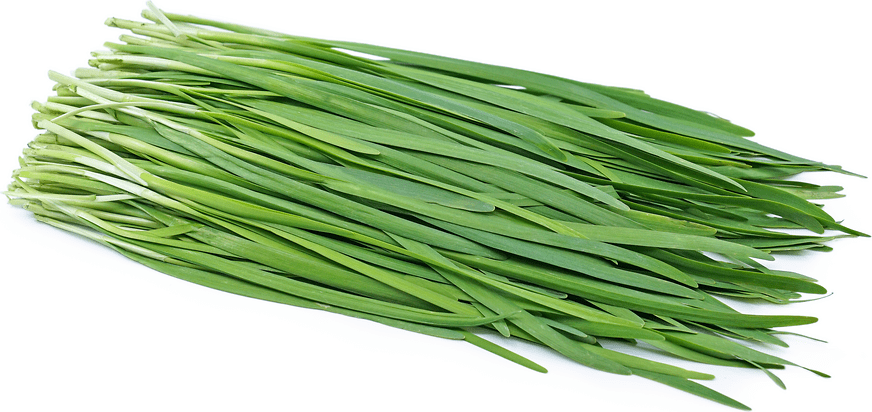
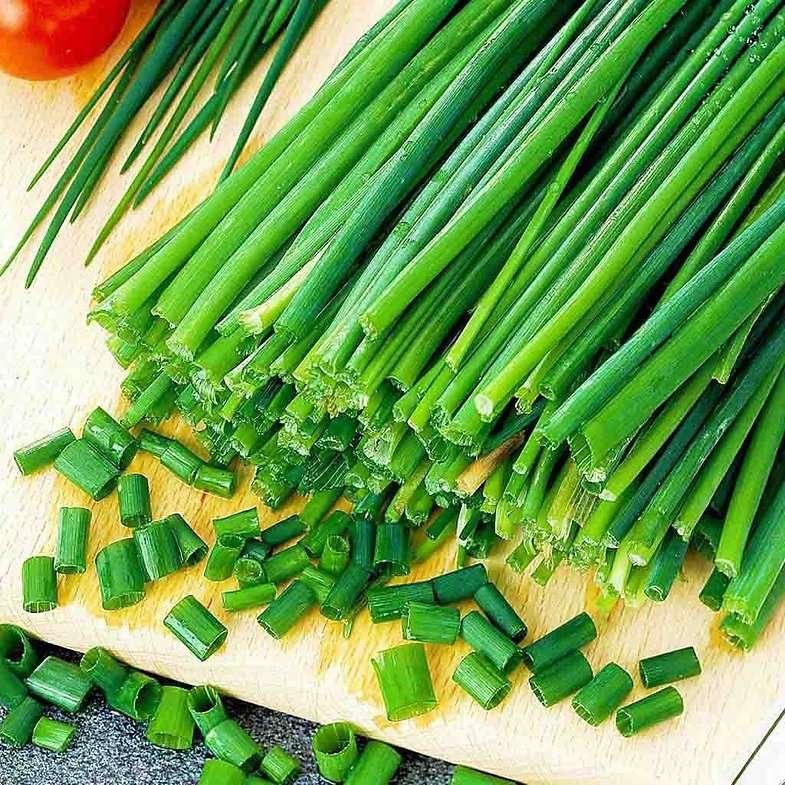

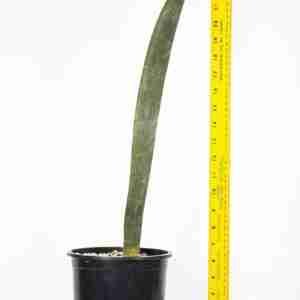
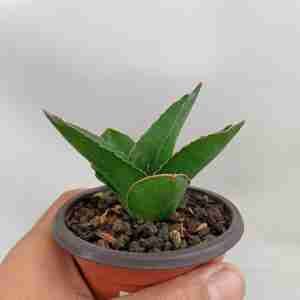
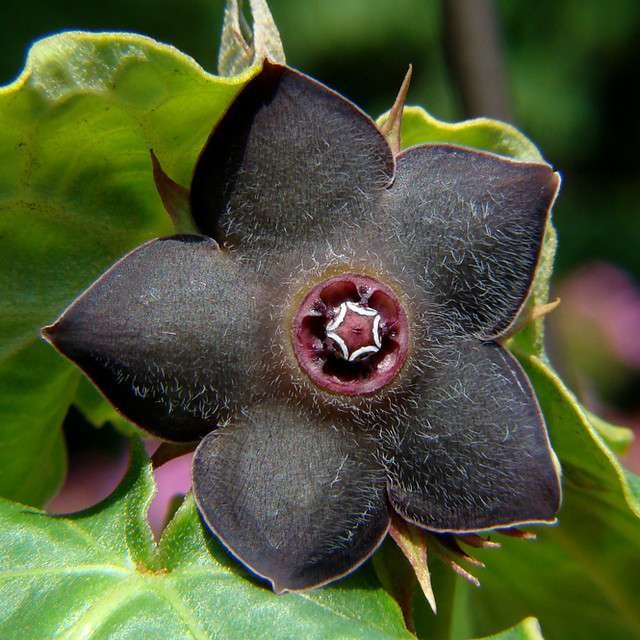
Reviews
There are no reviews yet.